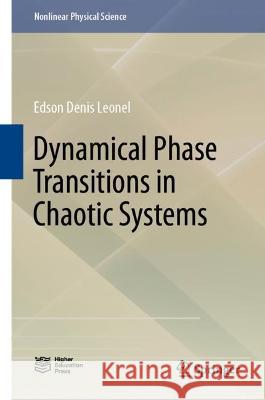Dynamical Phase Transitions in Chaotic Systems » książka
topmenu
Dynamical Phase Transitions in Chaotic Systems
ISBN-13: 9789819922437 / Angielski
Dynamical Phase Transitions in Chaotic Systems
ISBN-13: 9789819922437 / Angielski
cena 563,56
(netto: 536,72 VAT: 5%)
Najniższa cena z 30 dni: 539,74
(netto: 536,72 VAT: 5%)
Najniższa cena z 30 dni: 539,74
Termin realizacji zamówienia:
ok. 22 dni roboczych
Dostawa w 2026 r.
ok. 22 dni roboczych
Dostawa w 2026 r.
Darmowa dostawa!
Kategorie:
Kategorie BISAC:
Wydawca:
Springer
Seria wydawnicza:
Język:
Angielski
ISBN-13:
9789819922437











